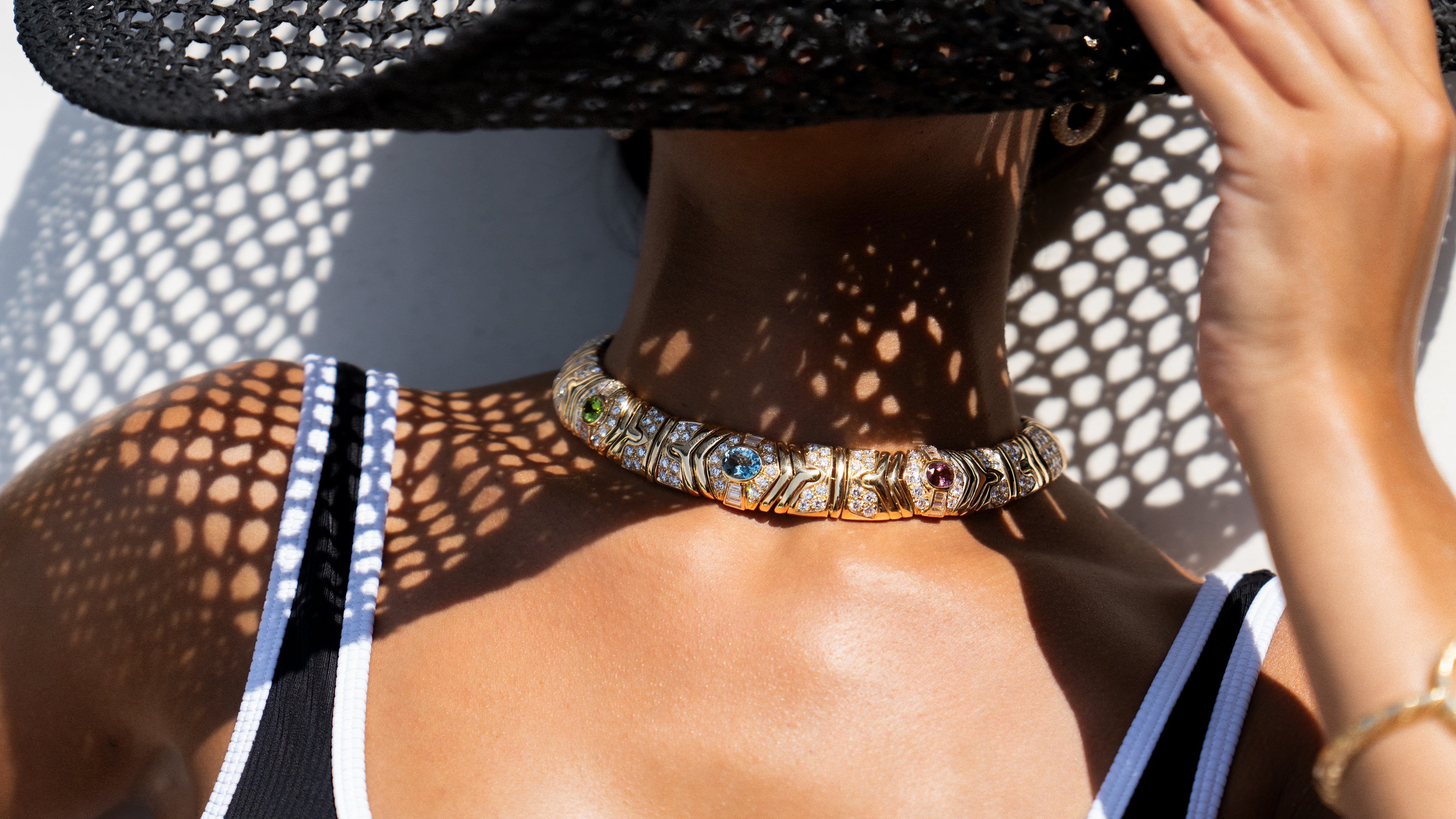Ernesto Pierret – Reviving the Intricacy of Etruscan Antique Jewelry
Artists draw inspiration from many sources. Some give nods to nature, others to the human form and still others to times past. Trends and pieces of art stand the test of time so well that they serve to inspire other artists in their craft.
The Early Years
Ernesto Pierret was one such jeweler. Born in Paris in 1824, Pierret moved to Rome in the 1840s, where he trained as a goldsmith. Historians surmise that he may have been an apprentice under Castellani, as Pierret’s style was very similar – and often compared to – the more popular Castellani.
In 1846 Pierret opened his workshop. It was then that he started to build a reputation for himself. The opening of his studio took place directly after his marriage to Virginia Crespi, the daughter of a wealthy lawyer. These family connections enabled him to move his studio to the illustrious jewelry and artist quarter of Rome, where Pierret began to thrive.
Full Steam Ahead
Success followed quickly, and he purchased a palace near Rome’s famous Spanish Steps, which is where he housed both his family and business. Pierret left the original palace intact, yet he added a 4th floor and terrace, which created a neoclassic feel. Today this structure stands as a national monument in Rome and is named Palazzo Pierret in his honor. It is open to tourists even today.
As far as his work, he is known for reviving the Etruscan style of jewelry, which began in the Western Tuscan region of Italy. Although living in Italy, the originators were part of the Greek culture and created pieces from the seventh through third centuries BC. Their early designs were constructed of very finely worked granulated gold, and another marker of their style was the use of openwork, filigree patterns. The more recent work of the Etruscans was a bit less refined, but it is the early style that Pierret mimicked as inspiration.
Sophisticated Style, Sophisticated Clientele
Pierret’s style was very detailed and included challenging designs such as setting miniature mosaics and creating intaglios, a type of engraved design. Additionally, he was known for using intricate gold work with Revivalist motifs to set precious artifacts such as cameos, Egyptian scarabs, and Roman coins.
Because of his sophisticated designs, Pierret built up a clientele who appreciated the creativity of his pieces. He was known for focusing on the overall aesthetic; instead of merely creating a setting to house precious relics. Many of his clients brought in gems and precious mementos to be set by Pierret as bespoke pieces. One such client was amber expert and collector William Buffum, who had Pierret craft jewelry utilizing amber.
Some pieces featured artifacts that could be removed from their design and worn alone as a brooch. As far as recognizing Pierret’s work, his jewelry bears a small gold plaque bearing a monogram or signature.
A Lasting Legacy with Prestige
Pierret mostly exhibited his designs in Italy, and his prices were moderate, unlike the more expensive and widespread Castellani pieces. By the early 1800s, the business was taken over by Luigi Pierret, who then moved the venture to Florence, where they designed for the Queen of Italy and continued to specialize in Etruscan and other styles of work. Ernesto Pierret passed away in 1898.
A book dated 1869 by John Murray stated that Pierret was one of the “first artists of Rome, second only to Castellani.” Pierret’s jewelry has stood the test of time as wearable Revivalist pieces. They are highly collectible and garner thousands of dollars, and several of his pieces are on display as part of the collection at The British Museum. As an influential jewelry designer who cared about his clients and his craft, Perriet indeed left his mark in the world of artisan jewelry and in Rome itself.
